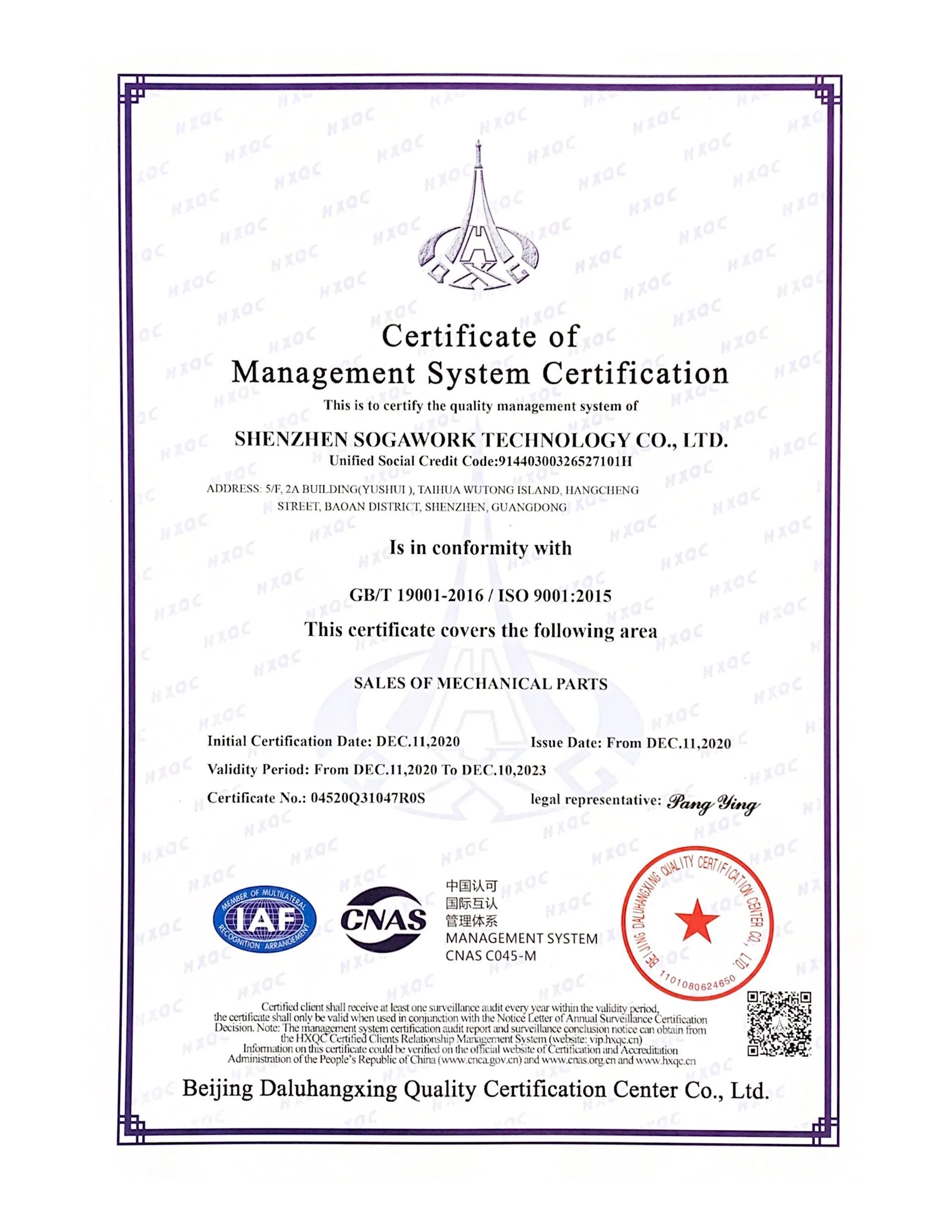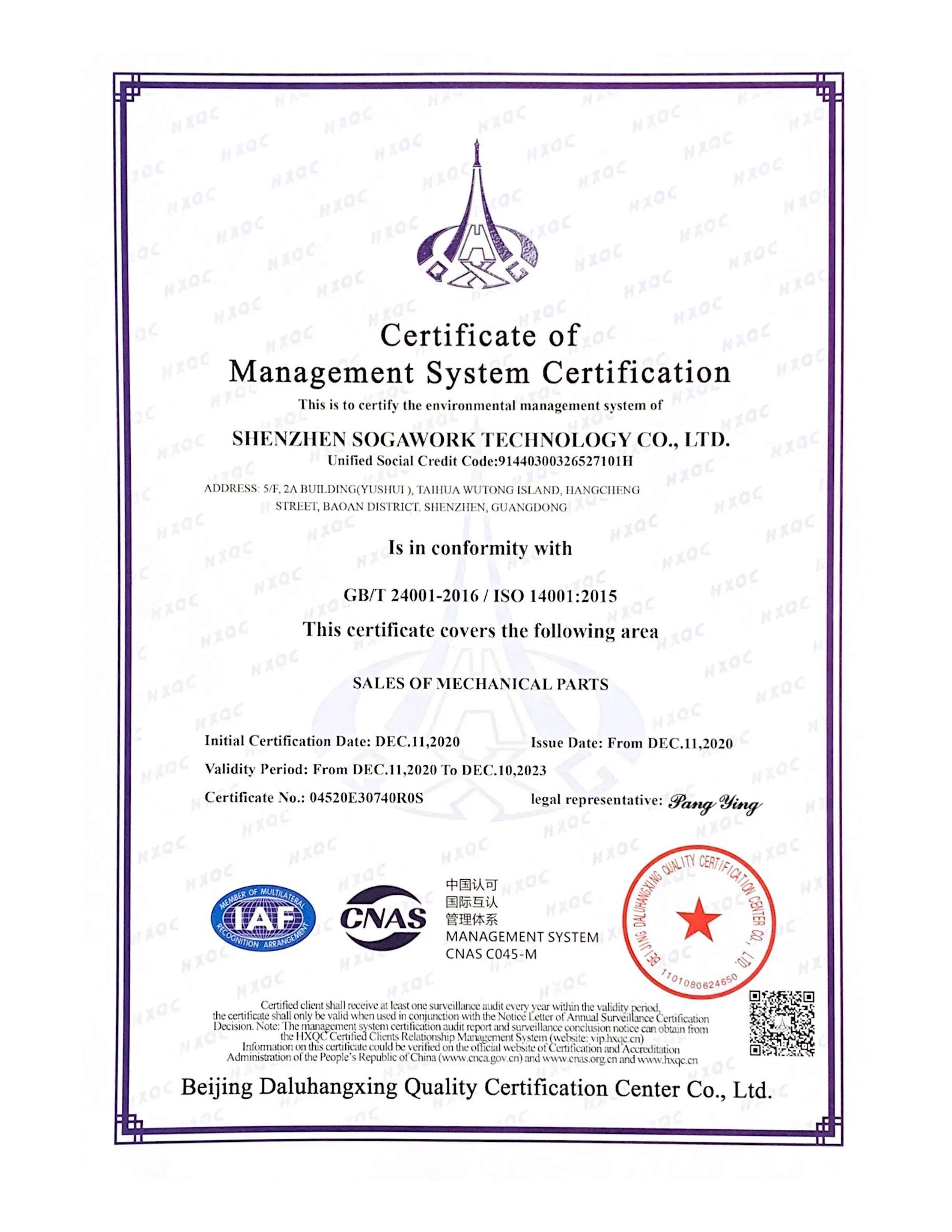Discover the magic behind the things you use every day with our guide to plastic injection molding. This manufacturing process turns raw materials into intricate, precise components. In this article, we break down the basics, from how it works to the materials involved, shedding light on the technology that powers everything from your favorite gadgets to everyday essentials.
What is Plastic Injection Molding?
Plastic injection molding is a manufacturing process where plastic material, in the form of pellets or granules, is melted and injected under high pressure into a specially designed mold. The mold shapes the molten plastic, which then cools and solidifies to form the desired product. This process is characterized by its efficiency, repeatability, and versatility in producing a wide range of plastic components for various industries.
What Is An Injection Molding Machine?
An injection molding machine comprises several intricate components working seamlessly to transform raw plastic materials into a myriad of precise products. The process begins with the hopper, a reservoir where plastic pellets or granules are stored, ready for feeding into the machine. The heart of the machine is the barrel, a cylindrical chamber where the plastic undergoes a transformative journey. Within the barrel, a screw mechanism or ram takes center stage, pushing, melting, and pressurizing the plastic material to a homogeneous state. This molten plastic is then propelled into the mold through the injection unit, a critical component equipped with a nozzle for precise delivery.

What Is An Injection Mold?
An injection mold comprises two essential halves: the cavity, which shapes the external features of the product, and the core, responsible for forming internal features. These halves come together to create a hollow space that defines the final product's shape. The mold also features a runner system, including a sprue, runners, and gates, facilitating the flow of molten plastic into the cavity. The sprue is the primary channel from the injection molding machine to the mold, while runners and gates distribute the plastic to multiple cavities within the mold. Additionally, the mold includes cooling channels to regulate the temperature during the solidification process, ensuring uniform product quality.
Mold components that function to manufacture a custom-molded part are machined to tolerances of less than +/- 0.001″ or 0.025mm.
How Does Plastic Injection Molding Work?
Plastic injection molding is a manufacturing process that transforms raw plastic materials into intricate, precisely molded components through a series of meticulously executed steps.

Mold Design
The process begins with meticulous mold design, a crucial step where engineers carefully plan and create a mold that mirrors the final product's specifications. This mold, often composed of two halves, forms a cavity into which molten plastic will be injected.
Clamping
Once the mold is designed, the two halves are securely clamped together. This step is vital to prevent any molten plastic from leaking during the injection phase, and the clamping force ensures the mold remains stable and closed during subsequent stages.
Injection
Plastic pellets or granules are introduced into the injection molding machine's hopper. Heated until they reach a molten state, the material is then injected into the mold cavity at high pressure. This pressure guarantees the molten plastic fills the mold, adopting the desired shape.
Cooling
After injection, the molten plastic cools and solidifies within the mold. Precise control over the cooling process is crucial for achieving the desired properties in the finished product, preventing defects, and ensuring uniformity.
Ejection
Once the plastic has solidified, the mold is opened, and the product is ejected. Ejection is facilitated by mechanisms like ejector pins, ensuring a smooth and efficient removal of the product from the mold. The mold is then ready for the next injection cycle. This seamless orchestration of mold design, clamping, injection, cooling, and ejection underscores the precision and repeatability of the injection molding process, making it a cornerstone of modern manufacturing.
Types of Plastic Injection Molding
Plastic injection molding can be categorized into various types based on different factors such as the method of injecting plastic, the structure of the mold, or the application of the final product. Here are some common types of plastic injection molding:
Common Injection Molding
Common injection molding is the most widely used method, employing a reciprocating screw to melt plastic granules and inject the molten material into a mold cavity. The molten plastic takes the shape of the mold, solidifies, and is then ejected as a finished part. This versatile process is suitable for a broad range of industries and applications, producing high volumes of consistent and precise parts.
Insert Molding
Insert molding involves placing pre-formed inserts, often made of metal or other materials, into the mold before injecting plastic around them. This process allows for the creation of composite parts with added strength or specific features. Insert molding is commonly used in applications where metal components need to be integrated into plastic parts, enhancing functionality and reducing assembly steps.

Overmolding
Overmolding is a process where a soft or elastomeric material is molded over another material or substrate. This technique is utilized to create products with added comfort, grip, or aesthetic appeal. Overmolding is often employed in the production of tools, handles, and consumer electronics, providing a dual-material construction for improved functionality.

Two-Shot Molding
Two-shot molding, also known as dual-shot or multi-shot molding, involves injecting two different materials or colors into the mold in sequential or simultaneous shots. This process enables the production of complex parts with multiple components, offering design flexibility and cost-effectiveness. Two-shot molding is commonly used for producing multi-material or multi-color parts, such as automotive components and consumer goods.

Post-Processing for Plastics Injection Molding
Post-processing in plastic injection molding refers to the additional steps or treatments that are applied to the molded parts after they have been ejected from the mold. These processes are employed to enhance the final product's appearance, functionality, or other specific properties. Several common post-processing techniques in plastic injection molding include:
Gate Trimming
Gate trimming is a crucial post-processing step to remove excess material or flash, which is the thin layer of plastic that can form at the edges of molded parts where the plastic enters the mold cavity. This process ensures that the final parts have precise dimensions, a clean appearance, and meet the specified tolerances.
Painting
Painting is a versatile post-processing technique that adds color and aesthetic finishes to molded components. This step involves applying a coating of paint to achieve specific colors, textures, or branding. The painting process can enhance the visual appeal of the parts and provide additional protective layers.

Laser Marking
Laser marking is a non-contact process that uses a laser beam to create permanent markings on the surface of molded parts. It allows for the precise engraving of text, logos, serial numbers, or other identifiers. Laser marking is fast, accurate, and provides high-quality, permanent markings without affecting the structural integrity of the material.
Pad Printing
Pad printing is a versatile technique for transferring detailed designs, logos, or information onto the surface of molded parts. A silicone pad is used to pick up ink from an etched plate and then transfers it onto the part. This method is especially useful for adding fine details, intricate patterns, or multiple colors to enhance the visual appeal of the components.

Heat Staking
Heat staking involves using localized heat to soften or melt specific areas of a plastic component. This process is often employed to join plastic parts together or embed inserts, creating a strong and durable assembly. Heat staking is commonly used when a mechanical bond is required without the use of additional adhesives.
Ultrasonic Welding
Ultrasonic welding is a fast and efficient method for bonding plastic parts together. It uses high-frequency vibrations to create friction and heat at the joining surfaces, causing the plastic to melt and form a solid bond as it cools. This process is particularly effective for joining thermoplastic materials with complex shapes or components, providing a reliable and uniform connection.
Materials Used in Plastic Injection Molding
Plastic injection molding is a versatile manufacturing process that accommodates a wide range of plastic materials. The selection of the appropriate material depends on the specific requirements of the end product, including factors such as mechanical properties, chemical resistance, thermal stability, and cost considerations. Here are some commonly used materials in plastic injection molding:

Polymethyl Methacrylate (PMMA or Acrylic): PMMA is a transparent thermoplastic with excellent optical clarity, making it a popular choice for injection molding applications where transparency and aesthetics are crucial.
Polyethylene (PE): Polyethylene, a ubiquitous thermoplastic, comes in various forms such as HDPE and LDPE. Known for its flexibility, chemical resistance, and lightweight nature, it finds extensive use in packaging applications.
Polypropylene (PP): A versatile thermoplastic, polypropylene is employed in diverse applications due to its lightweight nature, durability, and high resistance to chemicals. It's commonly used in packaging, automotive parts, and consumer goods.
Polystyrene (PS): Available as GPPS and HIPS, polystyrene is an economical thermoplastic recognized for its rigid and lightweight properties. Commonly found in packaging and disposable items, it serves a variety of everyday applications.
Acrylonitrile Butadiene Styrene (ABS): ABS is a thermoplastic blend admired for its toughness and impact resistance. Frequently used in automotive components, electronics, and consumer goods, ABS offers a balance of strength and versatility.
Polycarbonate (PC): Transparent and impact-resistant, polycarbonate is a thermoplastic frequently used in optical applications, electronics, and automotive components. Its unique properties make it suitable for applications requiring transparency and durability.
Polyethylene Terephthalate (PET): PET is a commonly used thermoplastic polymer, particularly in the production of plastic bottles and containers. Transparent, lightweight, and recyclable, PET is a popular choice in the packaging industry.
Polyoxymethylene (POM or Acetal): Recognized for its low friction and high stiffness, POM is a high-performance engineering plastic. Widely used in precision parts, gears, and automotive components, POM offers excellent dimensional stability.
Advantages of Plastic Injection Molding
Plastic injection molding offers a multitude of advantages that contribute to its widespread use in various industries. Here are some key advantages of plastic injection molding:
High Efficiency and Speed
Plastic injection molding is a highly efficient manufacturing process that allows for the production of large quantities of identical parts with remarkable speed. The rapid cycle times ensure a quick turnaround, making it well-suited for high-volume production.
Precision and Tight Tolerances
Injection molding enables the production of intricate and precisely detailed parts with tight tolerances. The process ensures consistency in dimensions and specifications, meeting stringent quality standards for a wide range of applications.
Versatility in Material Selection
Manufacturers can choose from a vast array of thermoplastic and thermosetting materials for injection molding, each with specific properties such as strength, flexibility, transparency, and chemical resistance. This versatility allows for the production of components with tailored characteristics to meet diverse application requirements.
Complex Geometries and Intricate Designs
Injection molding excels in producing parts with complex shapes and intricate designs. The process allows for the creation of detailed features, undercuts, and internal structures that might be challenging or impossible with other manufacturing methods.
Cost-Effectiveness for High Volumes
While the initial tooling and setup costs can be relatively high, the per-unit cost decreases significantly with higher production volumes. This makes plastic injection molding cost-effective for large-scale manufacturing, contributing to overall economic viability.
Consistency and Repeatability
The injection molding process ensures a high level of consistency in the production of identical parts. The repeatability of the process means that each part will closely match the specifications of the master mold, resulting in uniformity throughout the production run.
Automation and Streamlined Processes
Injection molding is amenable to automation, allowing for continuous and streamlined production. Automated processes contribute to increased efficiency, reduced labor costs, and improved overall manufacturing output.
Surface Finish and Aesthetics
Injection-molded parts often exhibit a high-quality surface finish directly from the mold. This eliminates the need for additional finishing processes in many cases, contributing to both time and cost savings. Additionally, the process allows for the incorporation of textures and finishes for enhanced aesthetics.








